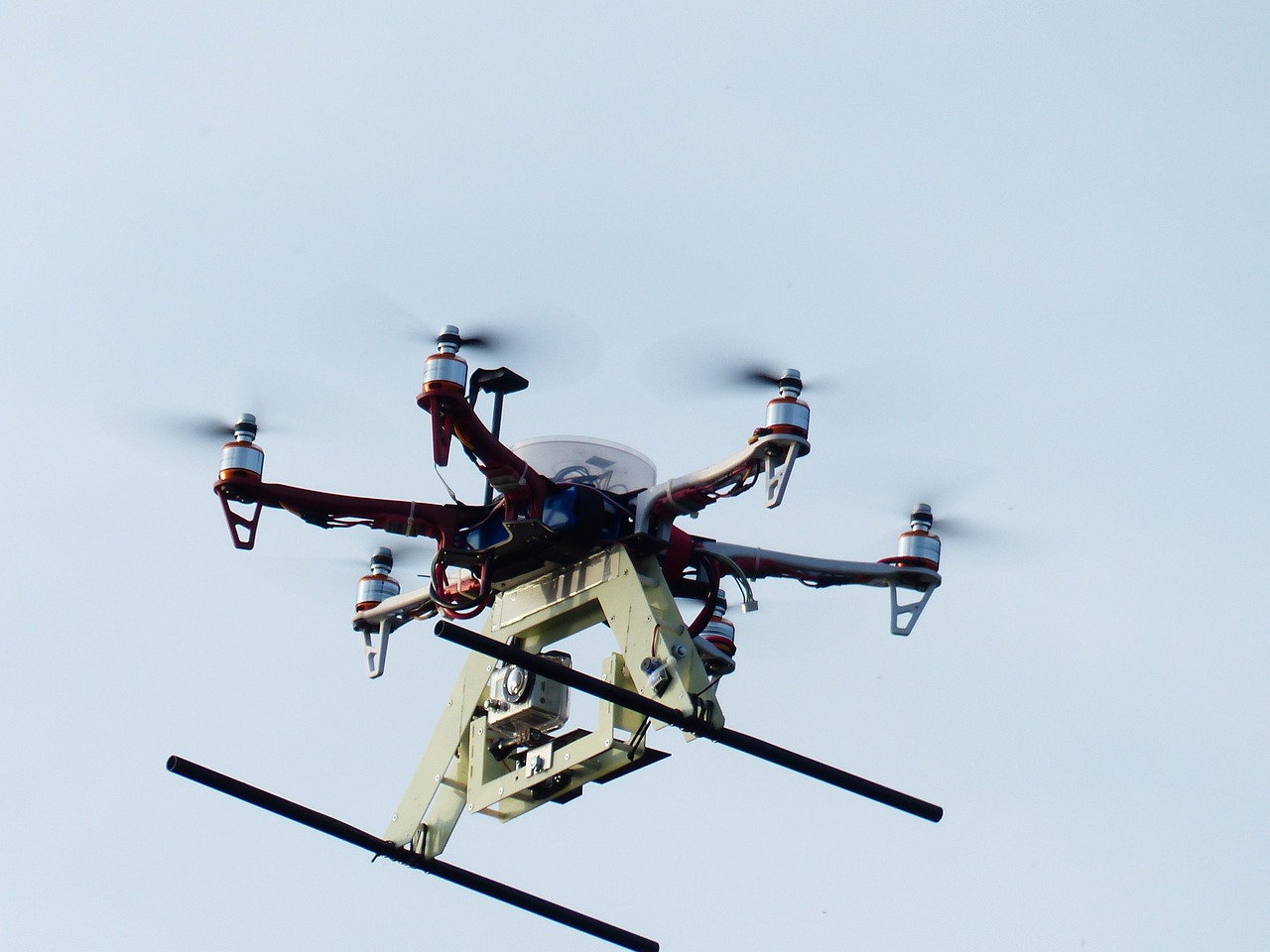This post is also available in:
 עברית (Hebrew)
עברית (Hebrew)
Aircraft manufacturer Airbus achieves a breakthrough with its Vertex project- a tablet-controlled autonomous helicopter that streamlines missions, reduces pilot workload, and enhances safety in urban air mobility.
The project showcased a new simplified Human Machine Interface (HMI) controlled by a touchscreen tablet and advanced autonomous features. The aircraft recently performed a one-hour test flight in which the Airbus Helicopters’ FlightLab achieved a fully automated flight from lift-off to landing. The flight followed a set route and switched between various phases, including taxi, takeoff, cruise, approach, and landing. The pilot monitored the system using a tablet interface while it autonomously navigated through the test.
According to Interesting Engineering, the Vertex project integrates several cutting-edge technologies, including vision-based sensors and algorithms for situational awareness and obstacle detection. Additionally, the advanced HMI featuring a touchscreen and head-worn display provides the pilot with inflight monitoring and control.
CEO of Airbus UpNext Michael Augello emphasized the potential impact of this technological advancement on urban air mobility, stating: “This successful demonstration of a fully autonomous flight from takeoff to landing is a great step towards the reduced pilot workload and simplified HMI that the Airbus Urban Air Mobility team intends to implement on CityAirbus NextGen.”
When it comes to applications and future developments, the autonomous technology showcased in the FlightLab helicopter is not intended to replace human pilots but rather to serve as an advanced assistant, which is the notion in many manned autonomous vehicles. Airbus claims that it envisions immediate applications for low-level flights close to obstacles, thanks to the information provided by onboard lidars (light detection and ranging), which are crucial in identifying and avoiding unforeseen obstacles during flight.
The company is committed to developing the technologies of the Vertex project, with ongoing developments including refining vision-based sensors, enhancing fly-by-wire systems, and optimizing the HMI for comprehensive inflight monitoring and control.
This latest successful Vertex project represents a significant step forward in pursuing safer, more efficient, and autonomous flight operations.


























